Table of Contents
What Are Aleppo Pepper Flakes?
Aleppo pepper flakes are dried and crushed chili peppers from Aleppo, Syria, made from the Capsicum annuum var. glabrum variety. They deliver mild heat (10,000–30,000 Scoville units) with a distinctive smoky, tangy, and slightly sweet flavor profile, making them ideal for enhancing dishes without overwhelming spice. Unlike cayenne or standard red pepper flakes, Aleppo peppers offer balanced heat with fruity undertones, commonly used in Mediterranean and Middle Eastern cuisine.
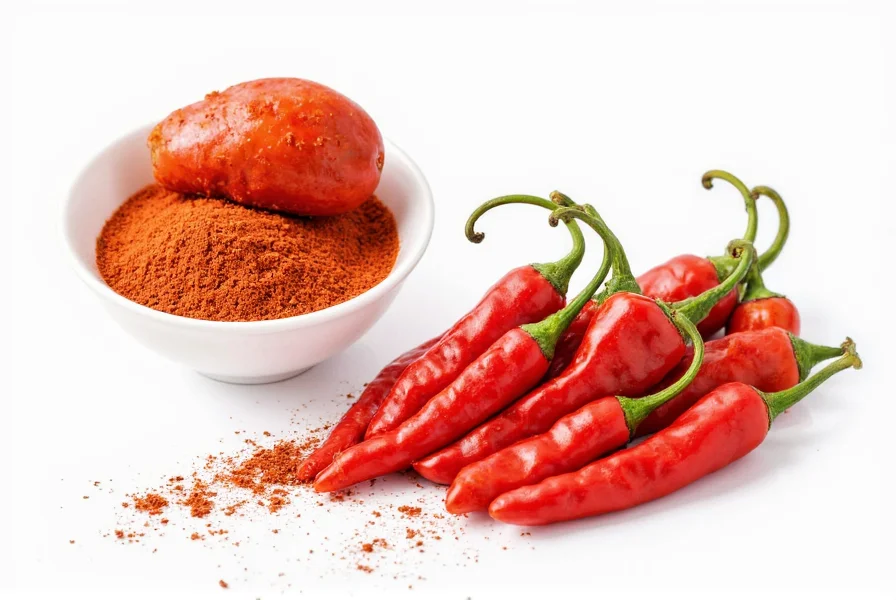
Flavor Profile and Uses
The flavor of Aleppo pepper flakes is complex: mild heat builds gradually, complemented by smoky, tangy, and sweet notes. This versatility makes them perfect for diverse dishes.
- Seasoning meats: Sprinkle on grilled chicken, lamb, or fish for a smoky kick.
- Enhancing sauces: Add to hummus, tzatziki, or marinades for depth.
- Finishing touches: Use on soups, salads, or roasted vegetables for flavor bursts.
- Infusing olive oil: Create homemade seasoning oil with flakes for dressings or drizzling.

How to Use Aleppo Pepper Flakes in Cooking
Use Aleppo pepper flakes strategically for best results:
- Start small: Add a pinch at a time—intensity builds gradually.
- Use as a finishing spice: Best added at the end of cooking to preserve flavor.
- Pair with bold ingredients: Complements garlic, lemon, olive oil, yogurt, and fresh herbs.
- Experiment widely: Try in pasta, stews, cocktails, or even desserts (in small amounts).
Perfect for hummus—a pinch adds smoky complexity without overpowering chickpeas. Also ideal in harissa (North African chili paste) for authentic depth.
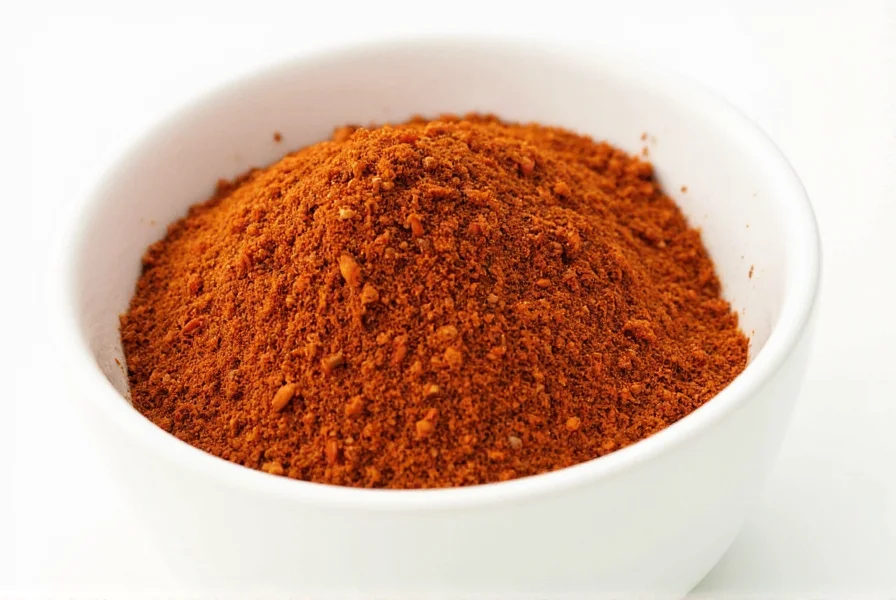
Buying Guide: Choosing the Best Aleppo Pepper Flakes
Quality and Origin
Authentic Aleppo pepper flakes come from Syria or neighboring Middle Eastern regions. Look for labels specifying "Syrian origin" to ensure true flavor.
Texture and Color
High-quality flakes are uniform in size with a vibrant red-orange hue. Avoid dark or discolored products, indicating poor storage or aging.
Smell and Taste
Fresh flakes have a smoky, slightly sweet aroma. Stale or musty smells mean low freshness.
Trusted Brands
- Bosna Spice: Authentic Syrian-sourced flakes with consistent quality.
- Kalustyan's: Premium selection with detailed origin information.
- Olive & Bean: Popular for balanced flavor and ease of use.
Target Audience
Perfect for home chefs exploring Mediterranean cuisine, cooking enthusiasts seeking unique flavors, and international food lovers. Ideal for seasoning dips, breads, and roasted vegetables—use sparingly to avoid overpowering dishes.
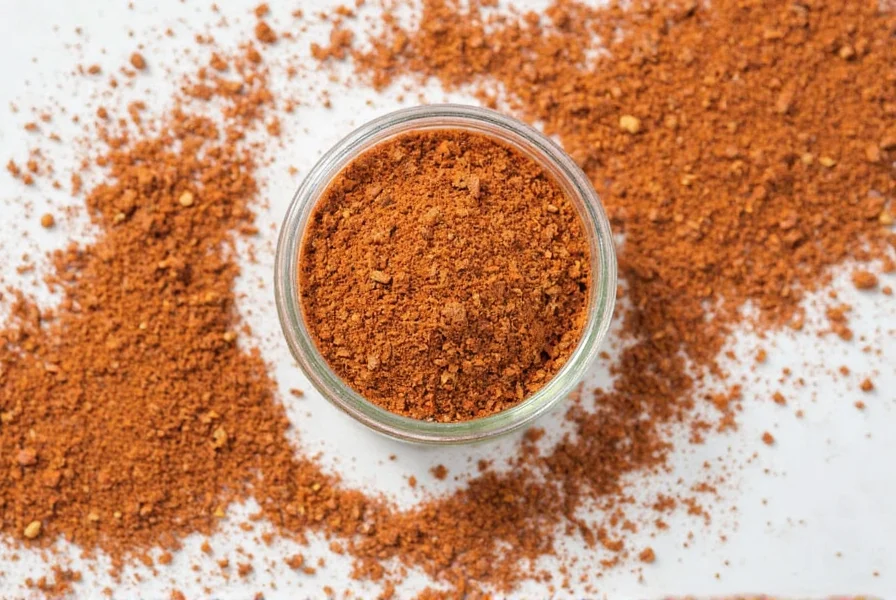
| Pepper | Heat Level (Scoville) | Flavor Profile | Best Uses |
|---|---|---|---|
| Aleppo Pepper Flakes | 10,000 – 30,000 | Smoky, tangy, slightly sweet | Meats, sauces, hummus, finishing touches |
| Cayenne Pepper | 30,000 – 50,000 | Sharp, hot, pungent | Hot sauces, chili powders, spicy dishes |
| Paprika | 100 – 1,000 | Smoky, sweet, mild | Grilling, roasting, sausages |
| Guajillo Pepper | 2,500 – 5,000 | Earthy, fruity, slightly sweet | Mexican dishes, salsas, stews |
| Chipotle Pepper | 2,500 – 8,000 | Smoky, sweet, slightly hot | Smoked sauces, tacos, barbecue |
Frequently Asked Questions About Aleppo Pepper Flakes
What are Aleppo pepper flakes?
Aleppo pepper flakes are dried and crushed chili peppers from Aleppo, Syria, made from Capsicum annuum var. glabrum. They have mild heat (10,000–30,000 Scoville units), smoky flavor, and tangy sweetness.
How hot are Aleppo pepper flakes?
They range from 10,000 to 30,000 Scoville units—mild-to-medium heat. Much milder than cayenne (30,000–50,000 SHU) but hotter than paprika (100–1,000 SHU). Heat builds gradually with fruity notes.
What can I use instead of Aleppo pepper flakes?
Substitute with a 1:1 mix of crushed red pepper flakes and smoked paprika, or ancho chili powder plus a pinch of salt. For closer heat, combine cayenne (sparingly) with sweet paprika.
How should I store Aleppo pepper flakes?
Keep in an airtight container in a cool, dark place. They stay fresh for 1–2 years. For longer storage, refrigerate or freeze.
Are Aleppo pepper flakes the same as red pepper flakes?
No. Standard red pepper flakes (e.g., on pizza tables) are usually cayenne-based—sharper, hotter heat. Aleppo flakes have complex smoky, tangy, sweet notes with moderate, gradual heat.
What dishes pair well with Aleppo pepper flakes?
Perfect for Mediterranean and Middle Eastern dishes: hummus, roasted vegetables, grilled meats, fish, yogurt sauces, eggs, pasta, and pizza. Also great with olive oil, lemon, garlic, and fresh herbs. Use sparingly in desserts for a subtle kick.
Are Aleppo pepper flakes healthy?
Yes. Like other chilies, they contain capsaicin (linked to pain relief, metabolism boost, and anti-inflammatory benefits) and vitamins A/C. Consume as part of a balanced diet.
Conclusion
Aleppo pepper flakes are a culinary staple with rich heritage and versatile flavor. Their mild heat and smoky-tangy profile elevate dishes without overwhelming spice—ideal for home chefs exploring Mediterranean cuisine.
Remember: balance is key. Start with a pinch, let flavors develop, and adjust to taste. With their unique character, they deserve a spot in every spice rack.
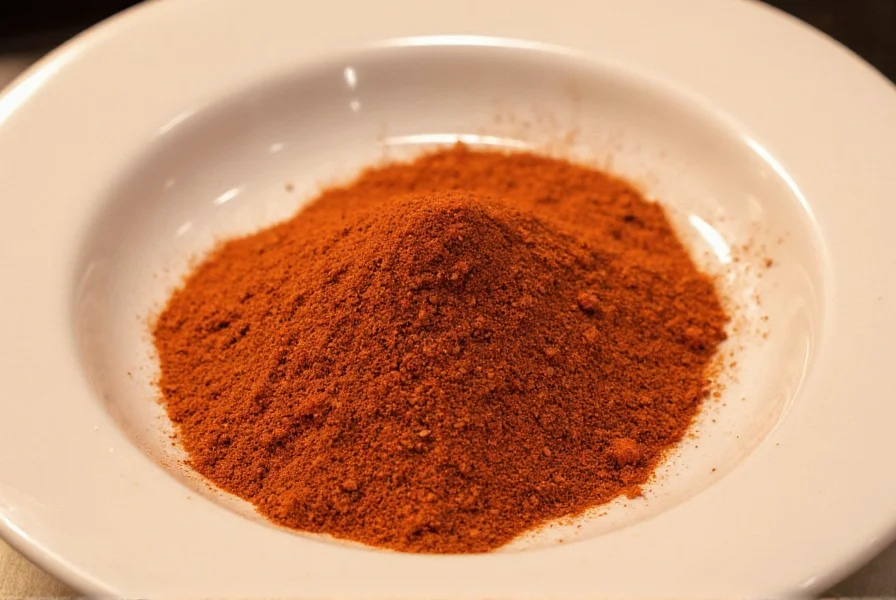

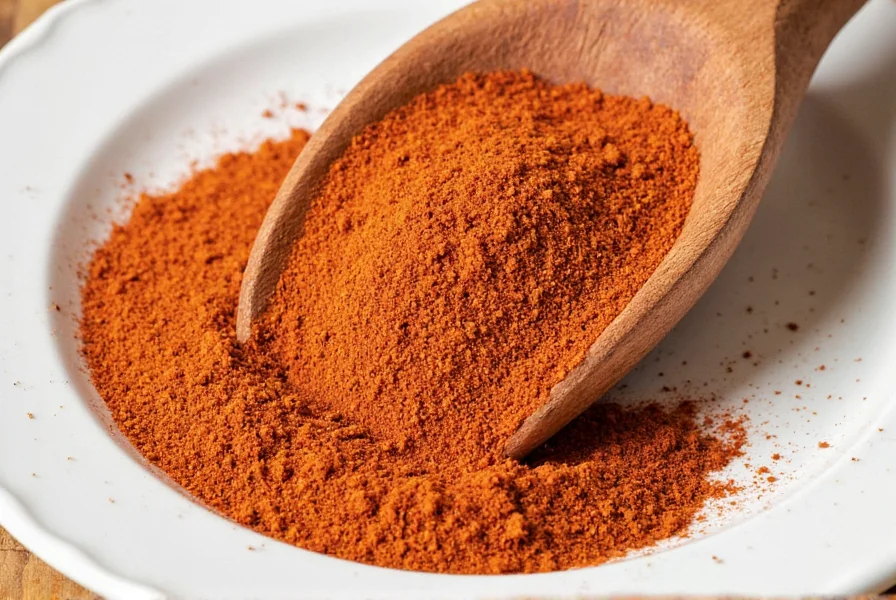









 浙公网安备
33010002000092号
浙公网安备
33010002000092号 浙B2-20120091-4
浙B2-20120091-4